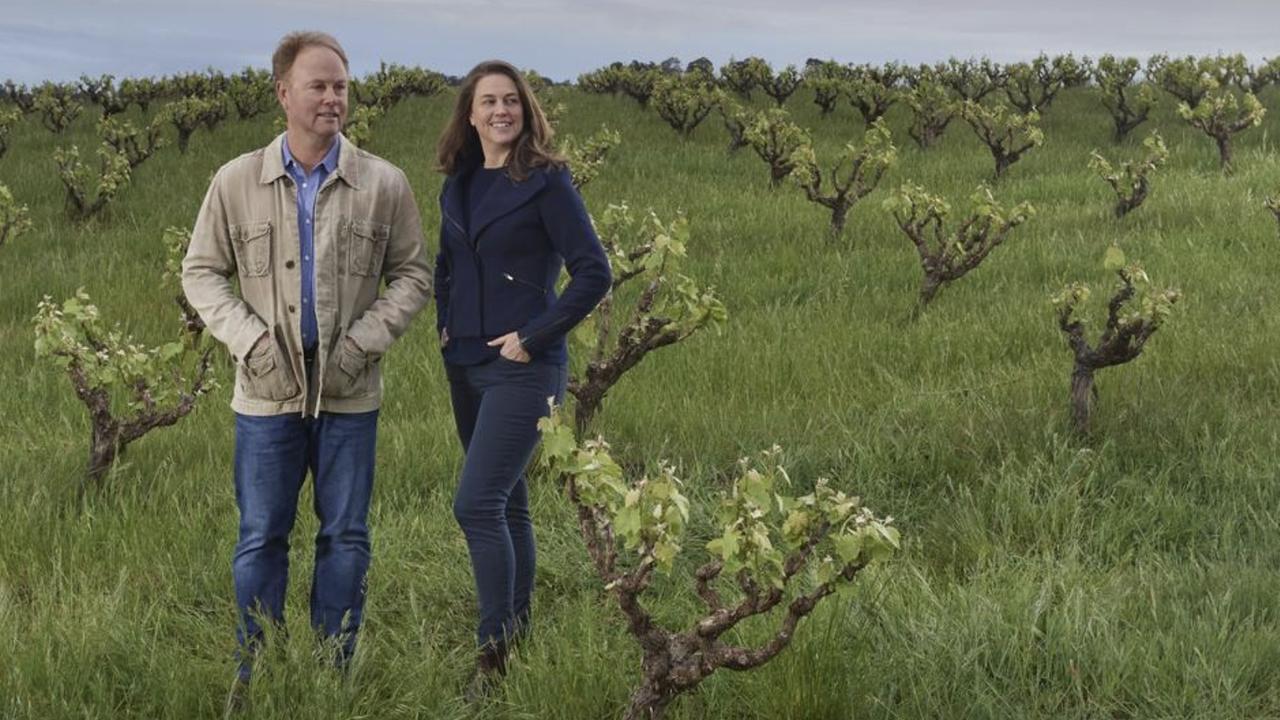The farmer and I ‘chatted’. By that I mean I listened, understanding about half of what he said
As a young man in England, I was intrigued by all the regional accents. And food’s no different — it can be remarkably parochial.

It was on a Northumberland farm – during a grey November, long, long ago – with a vet friend making a house call, my minor James Herriot moment. Wrong part of England, wrong decade but distinct parallels, nonetheless. The farmer was a nice bloke with a sick cow and a Geordie accent thicker than black pudding. While my friend prodded and poked the suffering bovine, the farmer and I “chatted”. By that I mean I listened, understanding about half of what he said.
“Where were you before here?” I believe he asked; that’s the question I was going with in lieu of a more plausible alternative. “Down in Cornwall,” I replied in what I naively believed to be a reasonably neutral version of the Queen’s English. “Canny,” I recall him responding in almost indecipherable brogue, “but you’d have had trouble with the accent down there.”
As a wet-behind-the-ears Australian, I naturally found intriguing such regional distinctions over such relatively small distances. I had a lot to learn. And food’s no different to accent and dialect. It can be remarkably parochial.
I was listening to the radio the other day as a Staffordshire (England) local complained that the Bakewell tart – named for a town only an hour away over the border in Derbyshire – is famous all over the world while the local oatcake is virtually unknown outside Stoke on Trent. Despite the interwebs and all that, some traditional, regional British foods are still almost completely unknown outside their county. Oatcake? That’s a hard, Scottish biscuit nicely suited to cheddar, right? Not necessarily.
The radio show delved into the culture and history of a favoured Staffordshire food so tightly held that even the host, a Londoner, had never heard of it. An oatmeal and wholemeal wheat flour pancake made from fermented batter (digital subcribers can see the recipe online); somewhere between a crepe, a crumpet and a Breton galette beloved of locals and associated with the area’s historic pottery industry. And different to a traditional Derbyshire oatcake made less than 60km away, apparently.
A young society, at least post colonisation, on a plot roughly 32 times the size of the UK, we have evolved with relatively few such parochial foodstuffs, which is a bit of a pity. Perth has the Conti Roll, a smallgoods bonanza with cheese and assorted pickled veg. It goes with the west’s unique coffee, a “long macchiato, topped up”. Hobart has its curried scallop pies. Well, it did when scallops were cheap and plentiful. Adelaide has its pie floater and bung fritz, a beef/mutton/pork sausage unique to SA and matured in a sheep’s bung. It’s said the dim sim originated in Melbourne, an outsized version of the Cantonese siu mai created by the Chinese diaspora for locals.
It’s not much, really. But at least we all understand each other. Mostly.
Postscript: For the record, and with no reference point for comparison, a basic Staffordshire oatcake is easy to make and because oats are good for those of us with an excess of bad cholesterol, worth considering. Make a batter with equal amounts of fine oatmeal – I milled steel-cut oats – and wholemeal wheat flour, 150g each, one sachet of dried yeast and a teaspoon each of sugar and salt. Add to it 300ml each of warmed milk and water. Wait an hour for the yeast to do its thing and you’re off. Cook it like a thin crepe and eat with savoury stuff like ham and eggs, or baked beans and bacon, definitely some cheese. I imagine HP Sauce is mandatory.


